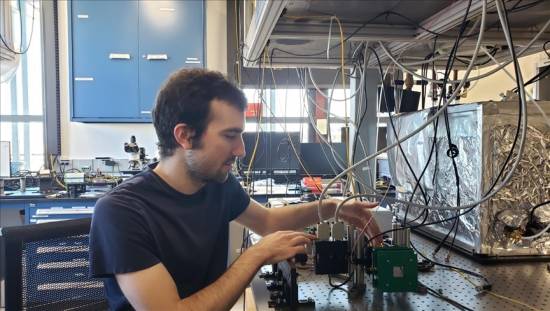A Turkish researcher at Stanford University in California has succeeded in achieving 3D in photography and imagery with a very low-energy, inexpensive and high-performance invention that can be integrated into cell phone cameras.
Okan Atalar's research was published in the journal Nature last month along with that of three other scientists at the same university.
Speaking to Anadolu Agency, he said similar research in the field had attracted global attention in recent years.
Atalar said although the performance of existing optical systems that can measure depth with cameras is very low and requires high costs, after four years of effort, they have created a simple device that can be added to an existing camera.
"What makes this device special is that it is very cheap. Currently, such technology is not available on the market, and an optical device that provides depth perception consumes 100, maybe 1,000 times as much energy as a camera would. With our device, depth perception can be achieved with very low energy, very cheaply and with high performance," he said.
He went on to say that with this invention, when a photo is taken, the brightness and color of the light as well as its distance can be seen in each pixel.
"The technology we developed will advance virtual and augmented reality and the metaverse universe, improving its performance," Atalar stressed.
Following his article, he said that investors and research institutions in Silicon Valley called them and made an investment offer.
Saying they have not decided on the best use of the technology yet, Atalar added that they think the system could be used with robots and smartphones, but it can also be used in infrared cameras, which would make it possible to capture the depth axis through a simple integration with any camera./aa


